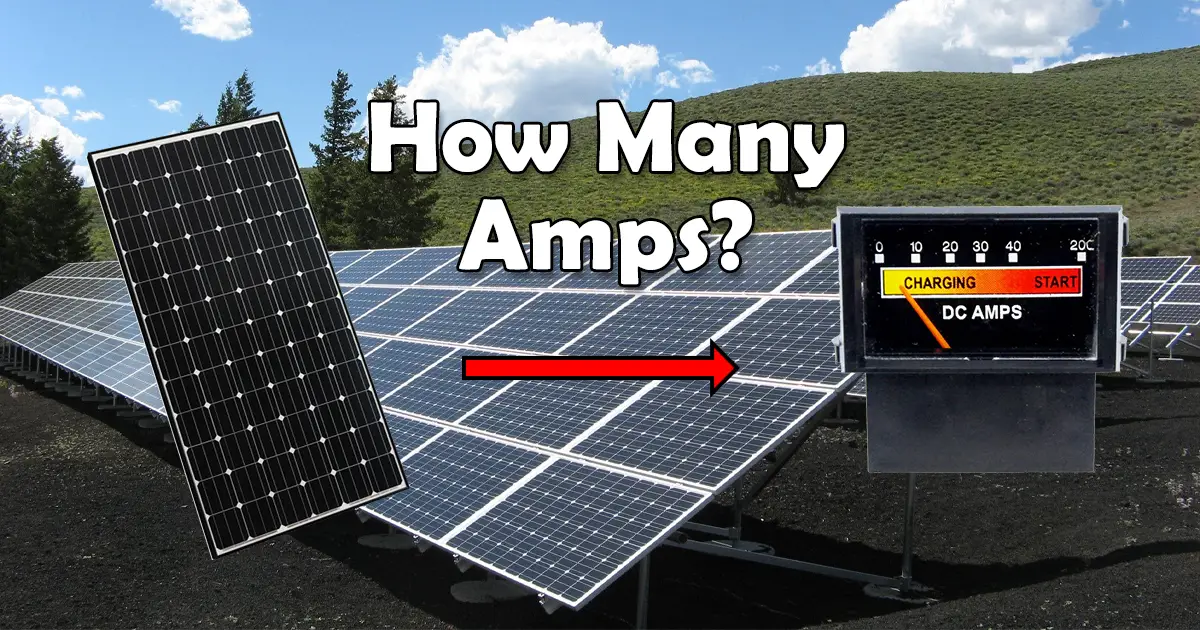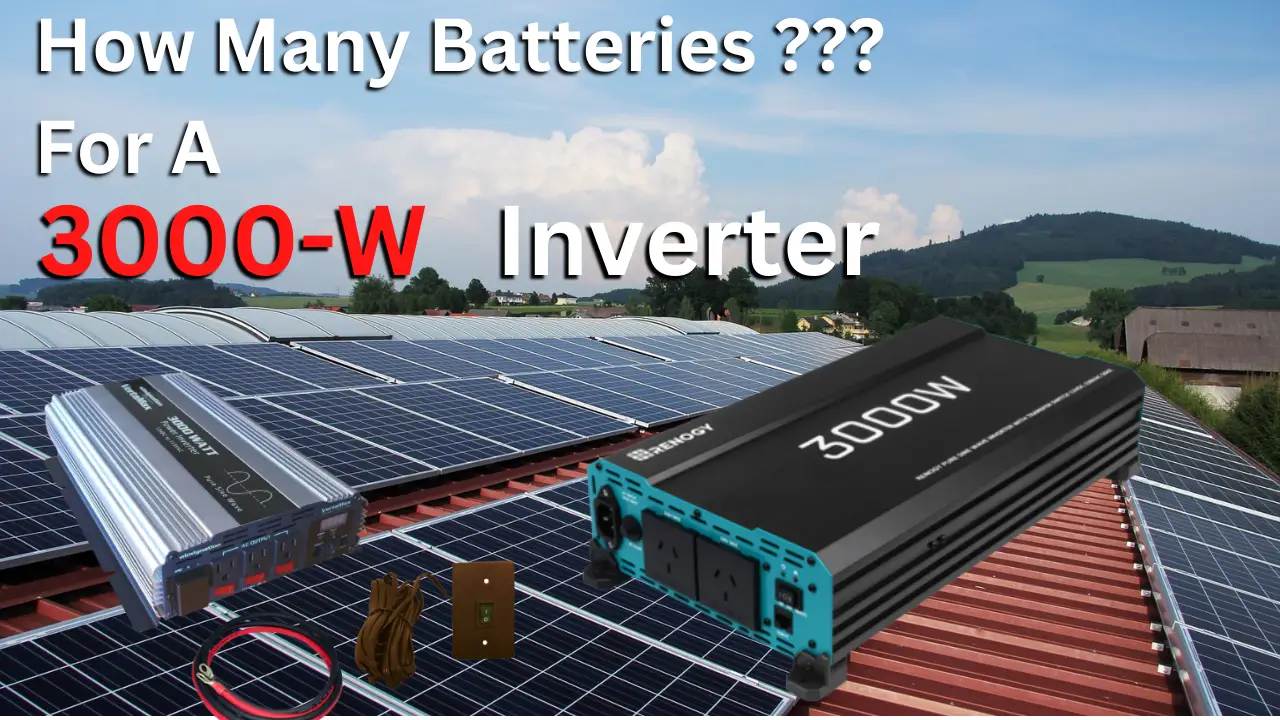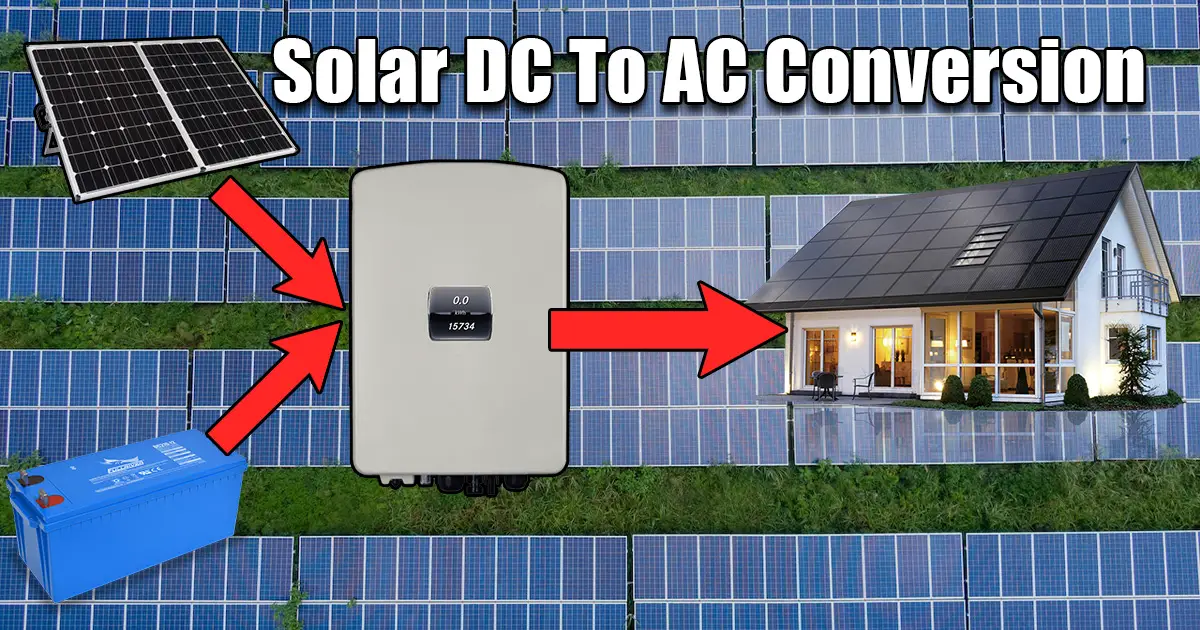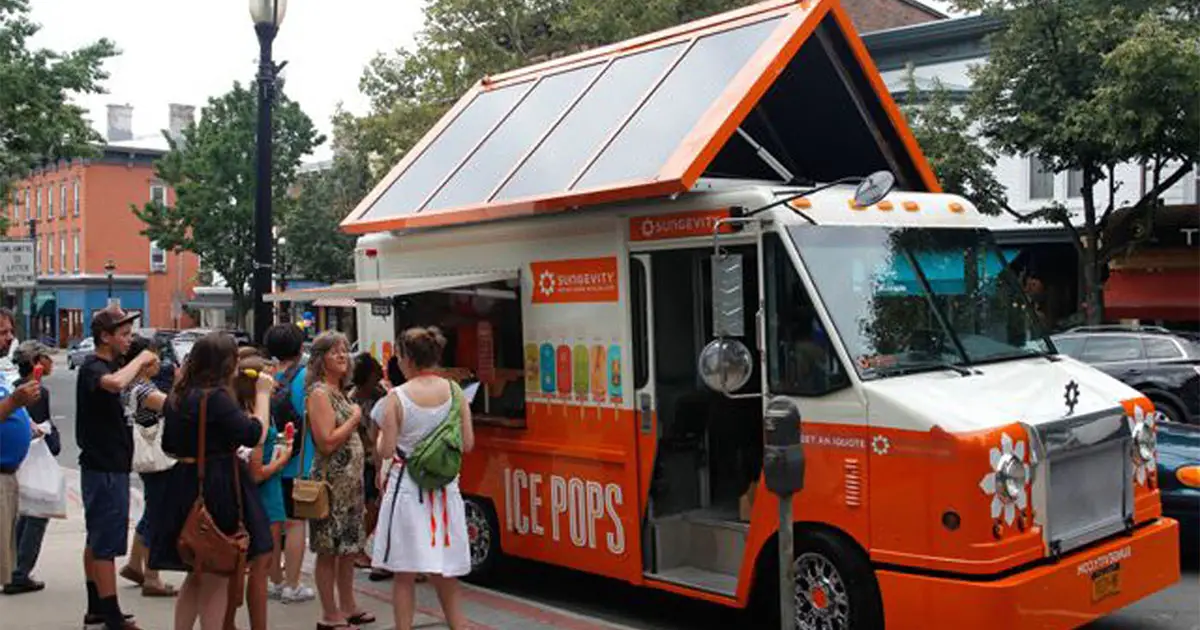It may sound like a lot to figure out how long a 12V inverter battery will survive. Still, all you need to know is the inverter load, the efficiency of the inverter, the battery voltage, capacity, and the discharge characteristics.
In general, the run duration of a 12V deep-cycle battery when connected to an inverter may be calculated by multiplying the battery’s amp-hours (Ah) by 12 and then dividing that number by the load’s watts. At last, add 95% to the total number of operating hours to account for inverter losses.
What Is The Purpose Of Inverters?
An inverter is an electrical device that takes DC voltage and converts it into a more usable alternating current (AC) waveform with a smoother waveform and smaller pulses to be used in the house.
It’s natural to ask how long a 12 V battery will survive while powering an AC load using an inverter. These four concepts must be articulated to respond comprehensively to the problem.
- The battery capacity expressed in amp-hours (Ah), e.g., How many amp-hours (Ah) is your battery?
- Which kind of battery is in use?
- What is the efficiency of the inverter?
- How many watts of AC power is the total load?
How Efficient Are 12V Inverters?
Many manufacturers claim that inverters lose roughly 10% efficiency when changing 12 V DC to 120 V/240 V AC. However, there is more to the story. Let’s consider the pure sine wave inverters in our example. They’re more expensive but far more efficient than their modified sine wave counterparts.
Considering the potential for appliance damage and interference with electronics caused by sine wave inverters, pure sine wave inverters are the best choice. Unfortunately, there are still losses associated with even the highest-grade pure sine wave inverters.
Even the most expensive inverters, which have one of the highest list prices, have an efficiency range of 93% to 97%. This efficiency only appears when the inverter is reasonably loaded.
Why Is the Type of Battery Important?
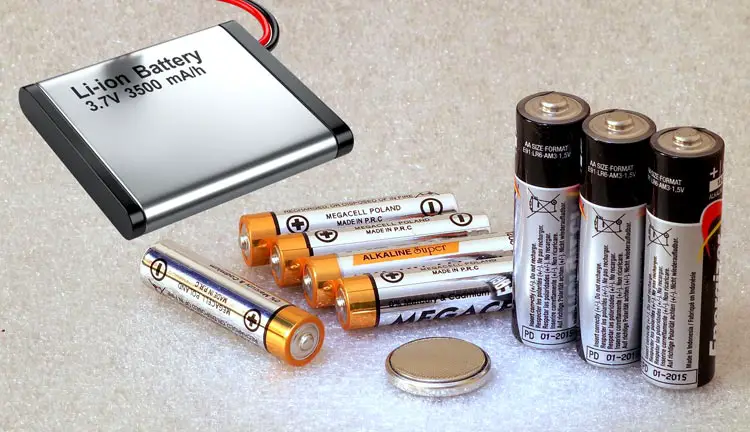
The extent to which a given battery’s capacity may be utilized varies depending on the battery technology used. Understanding how and why different battery sizes affect your equipment’s performance is crucial. As a rule, a battery’s storage capacity increases directly to its size.
Efficiency: Lithium-ion batteries have at least 95% efficiency, while lead-acid batteries are only 80-85% efficient at most. This is significant since it improves the battery’s charging time and battery capacity (the amount of energy it can store).
Depth of discharge (DOD): Lead-acid batteries have a 50% depth of discharge, but lithium batteries may be discharged to an 80% depth. This increases the time you can go between charging your lithium-ion battery.
A 100Ah battery to run an inverter would be fantastic, but what good would it be if you could only utilize 10% of its capacity before it was permanently damaged?
Battery packs for automobiles are commonly referred to by their acronym, SLI (Starting, Lights, Ignition). Although they can deliver up to 900 AMPS to start a frozen engine, they struggle to maintain a medium current for extended periods.
Following the massive first surge of power provided by a car battery, the alternator quickly recharges it. You can have it wholly charged in a matter of minutes.
A tubular battery, a lead-acid battery, is significantly larger than a flat plate battery. These top-class inverter batteries work best in tier 2 or tier 3 cities or on the outskirts of larger cities, where power outages are few and long.
Difference Between Pure Sine Wave Inverter & Square Wave Inverter
| List of Features | Pure Sine Wave Inverter | Square Wave Inverter |
|---|---|---|
| Electronics | High-Quality electronics | Low-Quality electronics |
| Cost | Pure Sine wave inverters are three times more expensive than Square wave inverters. | These inverters are cheaper than Pure Sine wave inverters |
| Safety Level | These inverters have an extremely high safety rating | Less safe and less reliable for electrical equipment |
| Efficiency Level | These have more than 90% efficiency | These inverters have an average of 75% efficiency. |
| Noise Interference | Low-level hum; They produce typical sound | They produce a loud noise when used. |
How Long A 12V Battery Can Last With Multiple Inverters Sizes
The term “12V battery inverter” is used in various contexts and can be connected to various battery sizes. The 100-ah battery is one of the most common types and will be used in the examples below.
When running a fully loaded 1000W inverter, a 12V 100ah battery has a 30-minute run time at a depth of drain of 50%. In contrast, a 1000-watt inverter will allow the same battery to run for around three hours when under a 300-watt load.
How Long Can A 12V Battery Last With a 500W inverter?
A 1000-watt inverter would run for 34 minutes on a 12V, having an efficiency of 90%. This estimate is based on the typical inverter efficiency of 90% for pure sine waves.
Battery Power Capacity (Wh) = Battery Capacity (Ah) x Battery Voltage (V) x DOD%
So, the Battery watt-hrs is 100Ah x 12V x 0.5 = 600 watt-hours
Battery Runtime (h) = ( Battery Power Capacity (Wh) / Inverter Power (W) ) x Inverter Efficiency
So, If we have the efficiency 90%, then Battery Run-Time = (600Wh / 500W) x 90% = 1.08 hours (1 hour and 4.8 minutes)
How Long Can A 12V Battery Last With a 1000W inverter?
A 1000-watt inverter would run for 34 minutes on a 12V, 100Ah deep-cycle battery with an average drain depth of 50%. This estimate is based on the typical inverter efficiency of 95% for pure sine waves.
The formula is already explained above:
So, the Battery watt-hrs is 100Ah x 12V x 0.5 = 600 watt-hours
If we have the efficiency 95%, then Run-Time = (600Wh / 1000W) x 95% = 0.57 hours (34.2 minutes)
A typical 100-ah battery can last 34 minutes for a Lead Acid battery with 50% DOD and 1 hour 2 minutes for a Lithium battery with 90% DOD.
How Long Can A 12V Battery Last With a 1500W Inverter?
For this example, I’ll use a 12V 80Ah lithium iron phosphate battery with a regular discharge rate of 80% and a fully loaded 1500W 95% pure sine wave inverter.
The formula is already explained above:
So, the Battery watt-hrs is 80Ah x 12V x 0.8 = 768 watt-hours
With a maximum discharge of 80%, only 768 watt-hours are usable. So, Run time = (768Wh / 1500W) x 95% = 0.4864 hours (29.184 minutes).
How Long Can A 12V Battery Last With a 2000W Inverter?
For this example, I’ll use a 12V 50Ah deep-cycle battery with a standard depth of drain of 50% and a fully loaded 2000W 90% pure sine wave inverter. Remember that a lead-acid deep-cycle battery should only be regularly discharged to 50% of its capacity.
The Battery watt-hrs is 50Ah x 12V X 0.5 = 300 watt-hours
If we have an efficiency of 90%, Run-time = (300Wh / 2000W) x 90% = 0.15 hours (9 minutes)
How Long Can A 12V Battery Car Last With An Inverter?
Car batteries shouldn’t be used with inverters until necessary and then just once because they are not intended to be continuously depleted.
Because of gradual capacity loss during repeated deep-cycling of a car battery, the inverter’s usable operating duration decreases with time.
If you want to find out how long can 12V car battery can last with an inverter, you can use our calculator to find out How Long Will a Battery Last With an Inverter? Our use it directly below:
Conclusion
At last, When the 12V battery is completely charged, the inverter battery has a lifespan of around 5-10 hours. However, if you use a simple formula explained above or a battery backup calculator, with the help of these methods, you can quickly determine the correct battery backup period.
FAQ
Which Battery Type Can You Use With The Inverter?
“Deep Cycle” batteries, which can be depleted to at least 50% of their rated capacity, are necessary for inverters to supply continuous power. It is possible to drain some high-quality deep-cycle batteries to over 70% of their capacity.
Can We Use Inverter to Power A House?
A house can be powered easily with an inverter. There is a wide range of sizes available for power inverters, with the most popular being between 5kW and 20kW. The typical US household uses about 30kWh per day.


